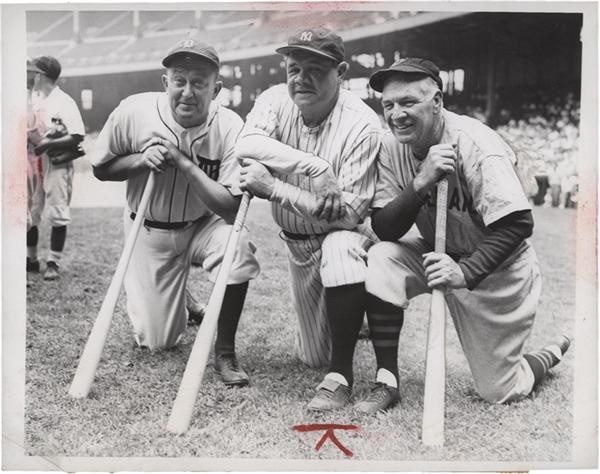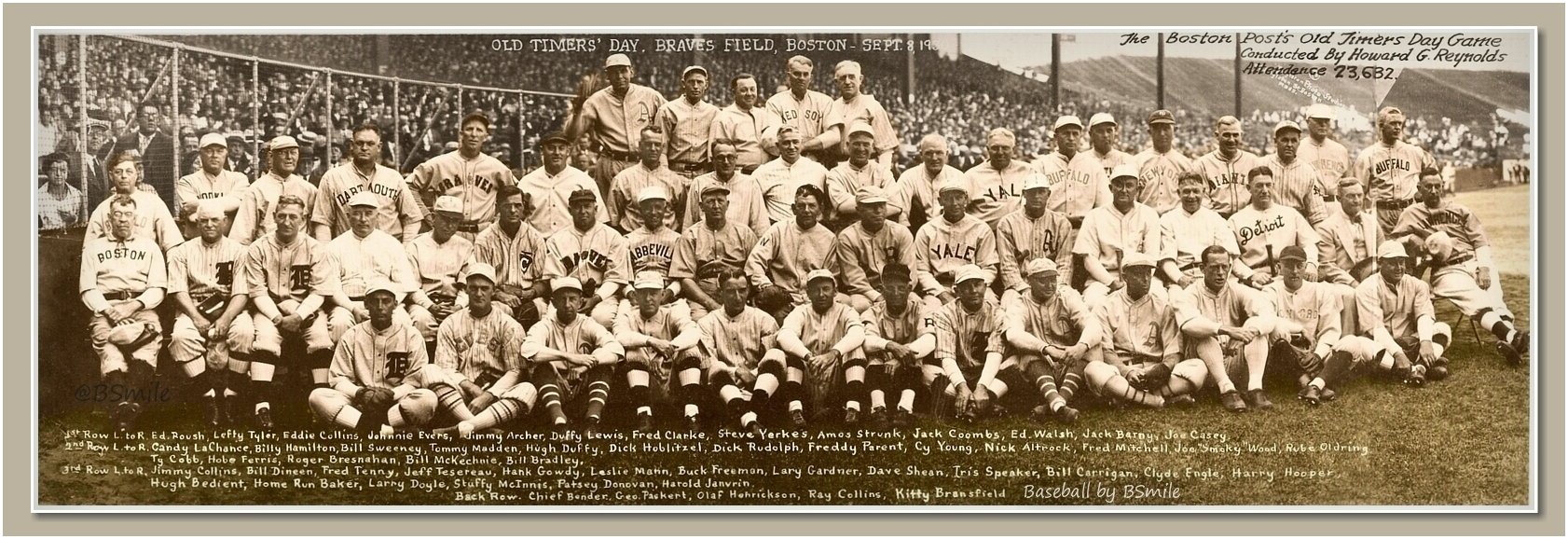I am now reading that a number of Democratic Senators are stating they will not meet with any Trump Supreme Court nominee since "they already know how they will be voting". Under normal circumstances nominees make the rounds to meet with Senators and answer their questions prior to a confirmation hearing.
The notion that any Senator knows how a Republican nominee will vote on key issues confronting the Court is simply false. Is this notion a result of a misunderstanding of how justices think or is it a projection of how Progressives think about the law? I think the confusion arises because it is a true statement for Democratic nominees and thus projection. If you look over the Court decisions on the most contentious issues during the 21st century you will see Democratic justices voting together while Republican justices often split on these issues. The reason why the press speculates in a contentious case whether a Republican justice will be a "swing vote" but never a Democrat is for this very reason - the Democrats are predictable, they stick together.
And even when the Republicans stick together they are more likely to issue concurring opinions than Democrats. A concurring opinion means the justice agrees with the conclusion reached by their colleague writing for the majority but disagrees in whole, or in part, with the reasoning. If a majority opinion is not joined in by a majority of those agreeing with ruling its precedential value is limited. By not issuing concurring opinions even when it is clear from their other opinions that they disagree with the underlying reasons for the opinion of the justice writing for the majority, the authority of the opinion for precedential purposes is strengthened. Probably the most notorious example is Justice Kennedy's opinion in Obergfell (the gay marriage case), an opinion in which all four Democratic justices joined even though they must have gagged at Kennedy's reasoning.
The Democratic strategy is no secret, Justice Ginsburg spoke openly of it to a New York Times reporter several years ago. The idea was that on key cases the Democratic justices would vote as a bloc and not write any concurring opinions.
The reason for the lack of underlying diversity in Democratic nominee opinions versus those of their Republican counterparts derives from their differing legal philosophies and it also explains the frustration of many conservatives who complain that Republican appointed justices are "unreliable", a complaint you never hear from liberals and progressives about Democratic appointees.
While Republican appointees all express adherence to some form of originalism - trying to ascertain what the words in the constitution meant at the time of its adoption - they differ on the means by which they apply it. In addition they differ on the role of precedent in rulings (Roberts and Thomas being at polar opposites on this) and the degree to which the institution of the Court itself must be protected. They also disagree on the approach to statutory interpretation as well as the deference owed to administrative agencies. The result is much more frequent splintering of the Republican appointees and even when they agree they are not shy about writing concurring opinions explaining alternative reasons for reaching the same conclusion. Even on the most contentious issue facing the Court, the future of Roe v Wade, there are only two of the five Republican appointees who would support overturning it - Thomas and Alito. It is also why you have Gorsuch recently writing a very non-conservative opinion for the court on the meaning of "gender" under the Civil Rights Act and both Kavanaugh and Roberts have frequently sided with the Democratic appointees who, as always, vote as a bloc. Roberts in particular, has proven supportive of the new legal field of Trumplaw, writing opinions against the administration for acts that would have been legal under prior administrations.
Because of the approach of the Republican appointees you will often see them make rulings that are likely against their personal beliefs or politics. There was no fiercer defender of the rights of citizens against illegal search and seizure and the rights of criminal defendants to fair jury trials than Justice Scalia. And despite the strawman arguments against originalism and textualism by progressives ("the 2nd amendment only applies to firearms that existed in 1790!") it was Scalia who wrote the Court's opinion that the use by police of a thermal device as they drove by a house to detect the heat generated by a marijuana growing operation was an illegal search.
In contrast it is difficult to find opinions by Democratic appointees that appear to conflict with their beliefs and politics. That is not hypocrisy on the part of the justices; it is consistent with their philosophy of Living Constitutionalism which is a results oriented judicial philosophy compared to the various approaches of Republican justices which are process oriented. Living Constitutionalism converts the judiciary to becoming effectively just another legislative branch of government. You just need to decide what policy outcome you want and then structure a legal argument to support it. One could ask, if that is the right approach, why even bother with a Supreme Court?
If Amy Barrett is confirmed I think her opinions will in many cases be consistent with conservative policy but there are going to be instances where conservatives are disappointed.. Progressives never have to worry that one of "their" justices will disappointment them.
 Imagine Babe Ruth, Ty Cobb and Tris Speaker, three of baseball's greatest players, writing you a get-well letter! How did this come about and who was Ed Phelps of Albany, NY?
Imagine Babe Ruth, Ty Cobb and Tris Speaker, three of baseball's greatest players, writing you a get-well letter! How did this come about and who was Ed Phelps of Albany, NY?




